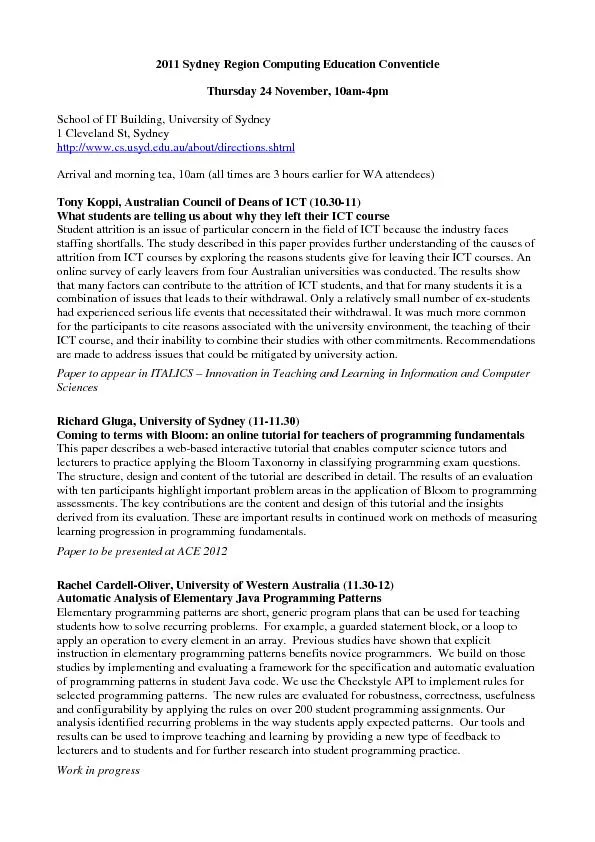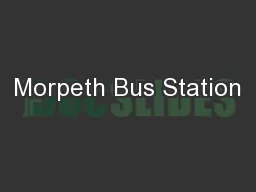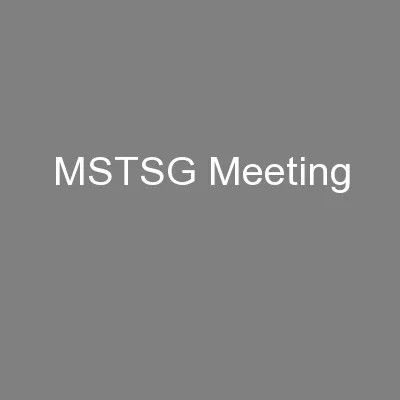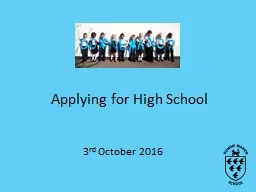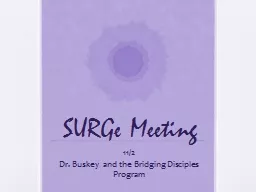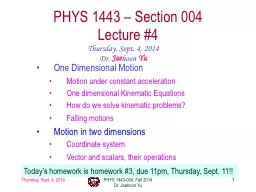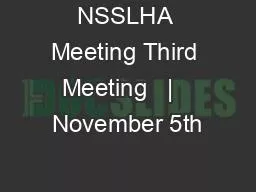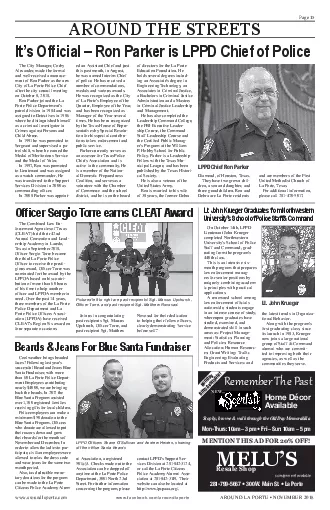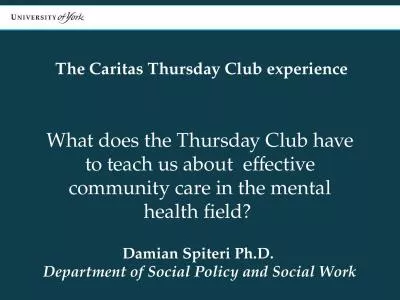PDF-Thursday 24 November, 10am-4pm School of IT Building, University of Sy
Author : ellena-manuel | Published Date : 2016-03-09
Arrival and morning tea 10am all times t why they left their ICT course Student attrition is an issue of particular concern in the field of ICT because the industry
Presentation Embed Code
Download Presentation
Download Presentation The PPT/PDF document "Thursday 24 November, 10am-4pm School of..." is the property of its rightful owner. Permission is granted to download and print the materials on this website for personal, non-commercial use only, and to display it on your personal computer provided you do not modify the materials and that you retain all copyright notices contained in the materials. By downloading content from our website, you accept the terms of this agreement.
Thursday 24 November, 10am-4pm School of IT Building, University of Sy: Transcript
Download Rules Of Document
"Thursday 24 November, 10am-4pm School of IT Building, University of Sy"The content belongs to its owner. You may download and print it for personal use, without modification, and keep all copyright notices. By downloading, you agree to these terms.
Related Documents

